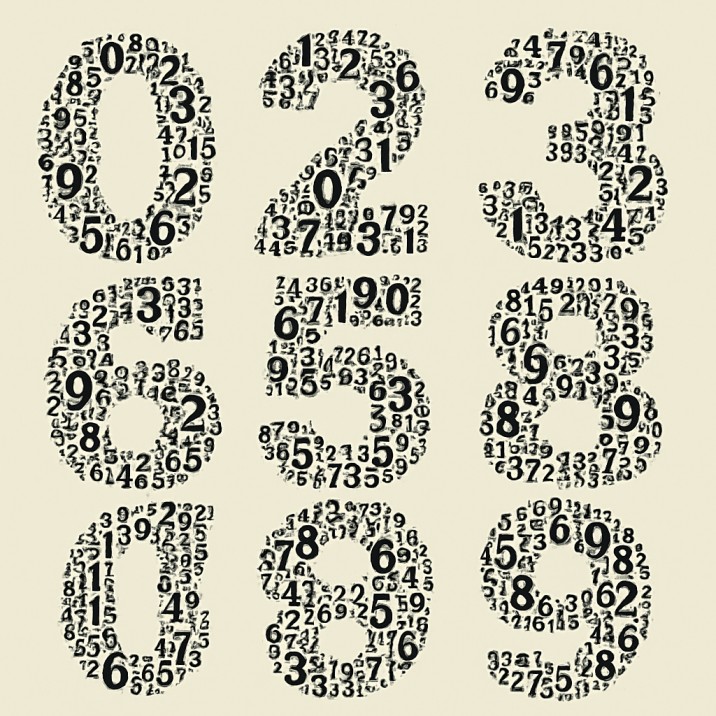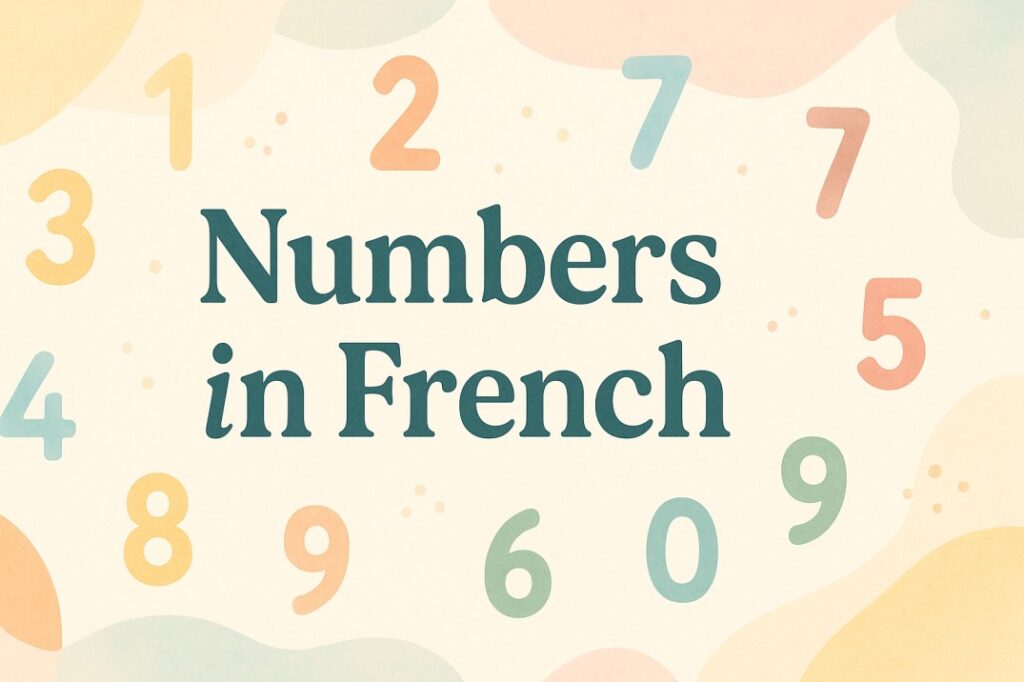Mastering numbers is one of the first—and most practical—steps in learning any language. In French, numbers play a crucial role not only in counting but also in telling the time, discussing dates, giving phone numbers, negotiating prices, and more. This comprehensive guide will walk you through French cardinal and ordinal numbers, highlight commonly tricky patterns, and offer helpful mnemonics and usage tips to ensure you feel confident using numbers in everyday conversation.
1. Cardinal Numbers: From 0 to 1,000 and Beyond
1.1 The Basics: 0–20
| English | French | Pronunciation |
|---|---|---|
| 0 | zéro | ZEH-roh |
| 1 | un | UH(n) |
| 2 | deux | DUH |
| 3 | trois | TWAH |
| 4 | quatre | KAT-ruh |
| 5 | cinq | SANK |
| 6 | six | SEES |
| 7 | sept | SEHT |
| 8 | huit | WHEET |
| 9 | neuf | NUHF |
| 10 | dix | DEES |
| 11 | onze | ONZ |
| 12 | douze | DOOZ |
| 13 | treize | TREHZ |
| 14 | quatorze | kah-TORZ |
| 15 | quinze | KANZ |
| 16 | seize | SEZ |
| 17 | dix-sept | DEES-SEHT |
| 18 | dix-huit | DEES-WHEET |
| 19 | dix-neuf | DEES-NUHF |
| 20 | vingt | VA(n) (nasal “an” sound) |
Tip: Notice the pattern in 11–16: unique words. From 17 onward, they add “dix-” (ten) plus the unit.
1.2 Tens: 20–60
| English | French | Pronunciation |
|---|---|---|
| 20 | vingt | VA(n) |
| 30 | trente | TRAHNT |
| 40 | quarante | kah-RAHNT |
| 50 | cinquante | sank-AHNT |
| 60 | soixante | swah-SAHNT |
1.3 The “Irregular” Teens: 70–99
French uses a vigesimal (base-20) logic for 70–99:
70 = soixante-dix (60 + 10)
71 = soixante-et-onze (60 and 11)
…
79 = soixante-dix-neuf (60 + 19)
80 = quatre-vingts (4 × 20)
81 = quatre-vingt-un (4×20 + 1)
…
89 = quatre-vingt-neuf
90 = quatre-vingt-dix (4×20 + 10)
…
99 = quatre-vingt-dix-neuf
Mnemonic: Think of 80 as “four twenties,” and build 70/90 by adding ten to 60 or 80 respectively.
1.4 Hundreds, Thousands, and Beyond
100 – cent (pl. cents when alone or round)
200 – deux cents
201 – deux cent un (no “s” on cent when followed by another number)
1,000 – mille (never pluralized)
2,000 – deux mille
For larger numbers, French follows the international system:
1,000,000 – un million
1,000,000,000 – un milliard
2. Ordinal Numbers: First, Second, Third…
French ordinals are formed by adding “-ième” to the cardinal, with a few exceptions:
| English | Cardinal | Ordinal | Notes |
|---|---|---|---|
| 1st | un | premier/première | “premier” (m), “première” (f) |
| 2nd | deux | deuxième | |
| 3rd | trois | troisième | |
| 4th | quatre | quatrième | |
| 5th | cinq | cinquième | |
| 9th | neuf | neuvième | “f” → “v” before “ième” |
| 20th | vingt | vingtième | |
| 100th | cent | centième |
Usage: Ordinals are essential for dates (le 1er mai, le 2 septembre), floors in a building (le troisième étage), and ranking (la quatrième place).
3. Practical Usage Tips
3.1 Telling Time
Il est deux heures et quart. (It’s 2:15.)
Il est trois heures moins dix. (It’s 2:50 / ten minutes to 3.)
Use “et quart” (+15), “et demie” (+30), and “moins” (minus) for minutes before the hour.
3.2 Dates
French dates follow day-month-year:
le 14 juillet 1789 (Bastille Day)
Months are lowercase: janvier, février, etc.
For the first day: le 1er mai (May 1st)
3.3 Prices and Shopping
Combien ça coûte ? (How much does it cost?)
C’est vingt-neuf euros cinquante. (€29.50)
Decimals use a comma (29,50 €).
3.4 Phone Numbers
French phone numbers are grouped in pairs:
01 23 45 67 89
The first two digits often indicate the region (01 = Île-de-France).
4. Pronunciation and Mnemonics
Nasal vowels (e.g., “un,” “vingt”) are typical in French. Practice by lightly closing the back of your throat.
Liaison: In “vingt et un,” the final “t” of “vingt” is pronounced because of the following vowel sound.
Memory trick for 80: Picture four “vingt” coins stacking into the shape of “80.”

5. Additional Resources
For further study and interactive practice, consider these authoritative sources:
Wikipedia – French Numerals: A complete overview of French number formation and usage.
French_numeralsLawless French – Numbers in French: Detailed lessons and audio pronunciation guides.
https://www.lawlessfrench.comBBC Languages – French Numbers: Free audio and video tutorials for French learners.
http://www.bbc.co.uk
Conclusion
Understanding French numbers—from the quirky vigesimal system of 70–99 to the proper use of ordinals—unlocks many everyday conversations. With consistent practice, attention to pronunciation, and reference to reliable resources, you’ll soon be counting, telling time, and reading dates like a native speaker. Bon courage et bonne pratique !

